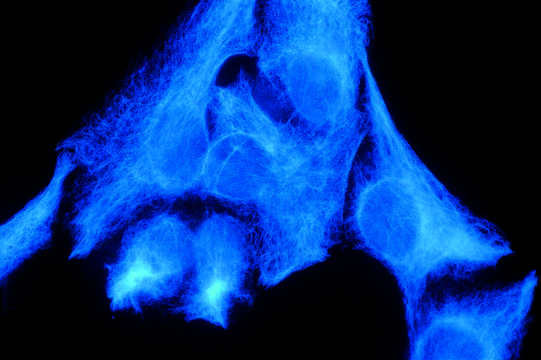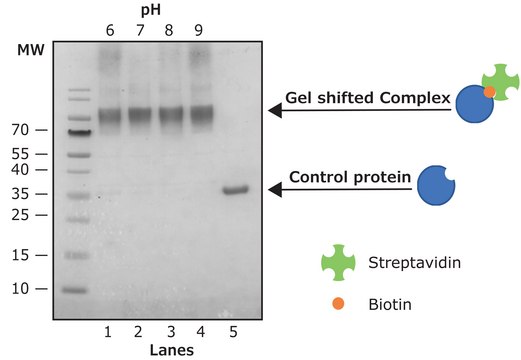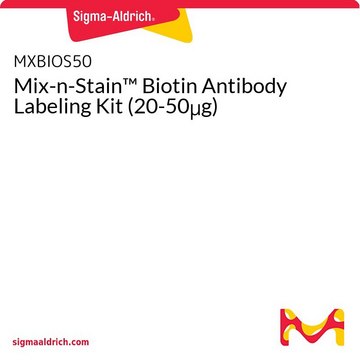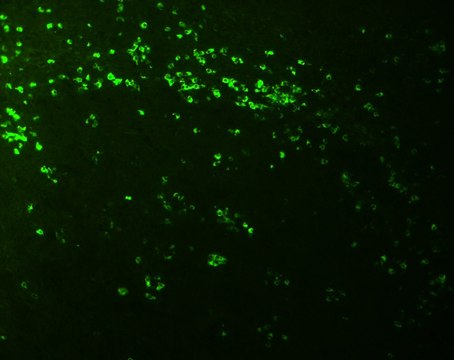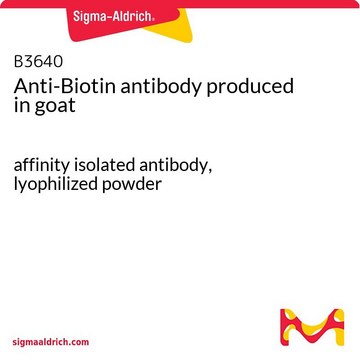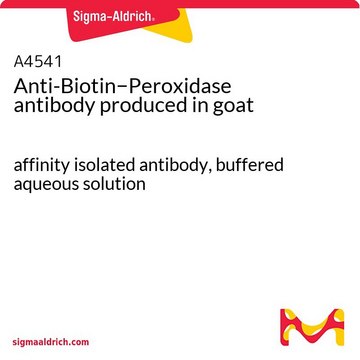Key Documents
Safety Information
BTAG
BiotinTag™ Micro Biotinylation Kit
Synonym(s):
Biotinylation Kits
Select a Size
¥2,019.39
Available to ship on2025年4月27日Details
Select a Size
About This Item
¥2,019.39
Available to ship on2025年4月27日Details
Recommended Products
Looking for similar products? Visit Product Comparison Guide
General description
Application
Features and Benefits
- Complete protocols for labeling and assay
- BAC-Sulfo-NHS is completely water soluble
- No DMF or DMSO needed
- Biotinylation occurs near neutral pH and physiological ionic strength, avoiding harsh conditions that could damage sensitive proteins
- Fast separation of conjugate from reactants using gel filtration
- 2-5 molar ratio biotin to protein in conjugate (for antibodies)
1 mg protein per reaction (B-TAG)
10 mg protein per reaction (BK-101)
• Sufficient reagents for at least 5 labelings
Analysis Note
Conjugation is performed in four easy steps:
1. Reconstitute BAC-Sulfo-NHS with Phosphate Buffer (PB).
2. Add BAC-Sulfo-NHS to protein and allow to react for 30 minutes at room temperature.
3. Separate the conjugate from the reactants on gel filtration.
4. Assay the conjugate for biotin incorporation by the avidin-HABA assay (BK-101 only). Conjugate is ready to use.
Legal Information
Signal Word
Warning
Hazard Statements
Precautionary Statements
Hazard Classifications
Skin Sens. 1
Storage Class Code
12 - Non Combustible Liquids
Flash Point(F)
Not applicable
Flash Point(C)
Not applicable
Regulatory Information
Choose from one of the most recent versions:
Certificates of Analysis (COA)
Don't see the Right Version?
If you require a particular version, you can look up a specific certificate by the Lot or Batch number.
Already Own This Product?
Find documentation for the products that you have recently purchased in the Document Library.
Our team of scientists has experience in all areas of research including Life Science, Material Science, Chemical Synthesis, Chromatography, Analytical and many others.
Contact Technical Service